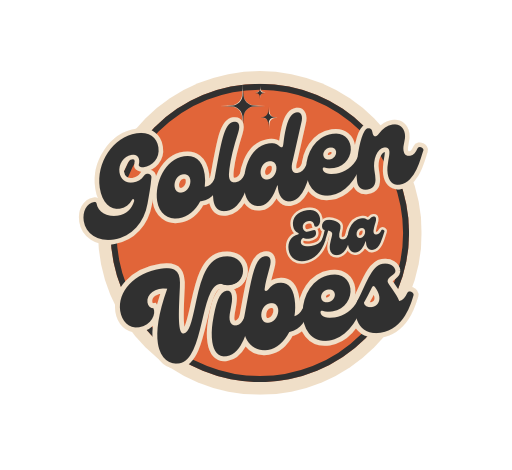20 Photos Of What Living In 1973 Looked Like
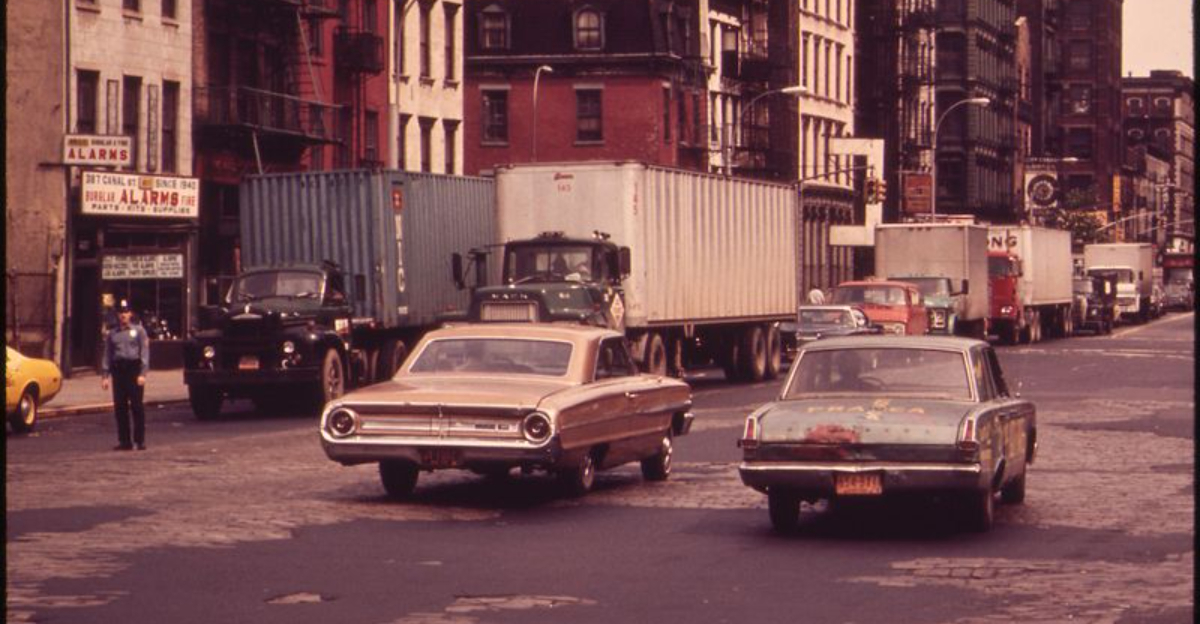
Let’s rewind to the vibrant year of 1973—a time when bell-bottoms ruled the fashion scene, disco beats echoed through the night, and everyday life was bursting with color and character.
This was more than just a year; it was a cultural moment defined by self-expression, shifting norms, and a sense of playful freedom. Whether you were catching a ride on a graffiti-covered subway, tossing a Frisbee in the local park, or grabbing a Slurpee from a corner convenience store, life in 1973 had a unique rhythm all its own.
Family gatherings brought generations together around fondue pots and rotary phones, while pop culture icons adorned bedroom walls. Join us on a nostalgic journey as we explore 22 vivid and memorable items that perfectly capture the spirit and soul of living in 1973.
1. Teenagers at Work

The year is 1973, and teenagers are earning their stripes bagging groceries and stocking shelves. Picture a young seventeen-year-old at the checkout counter, juggling product scanning with a mix of charm and youthful exuberance. In the backdrop, aisles filled with vintage goods like Tang and Spam paint a vivid picture.
This part-time job is more than just a paycheck; it’s an initiation into adulthood—a crash course in responsibility and work ethics. Most teens wore their uniforms like badges of honor, learning life lessons one price check at a time.
In a world before smartphones, the cash register was king. It was a time when customer service meant a smile and a genuine “How can I help you today?” This snapshot of teenage labor is a testament to the era’s work culture, where youthful hustle met old-school charm.
2. Subway Graffiti

Ah, the New York subway of 1973—a rolling canvas of rebellious expression! Picture yourself stepping into a train car, each inch of metal alive with vibrant graffiti. The urban art scene was flourishing, each tag a signature of defiance, creativity, and identity.
Passengers, with bell-bottoms swishing and platforms clacking, formed a moving gallery audience, each ride an adventure through a colorful underground world. The juxtaposition of art and transit was as bold as the artists themselves.
These graffiti-laden trains weren’t just transportation; they were the heartbeat of New York’s counterculture, a place where each commuter’s journey was adorned with public art. The vibrant murals inspired conversations, debates, and even friendships—a daily commute turned into an artistic experience.
3. Park Frisbee
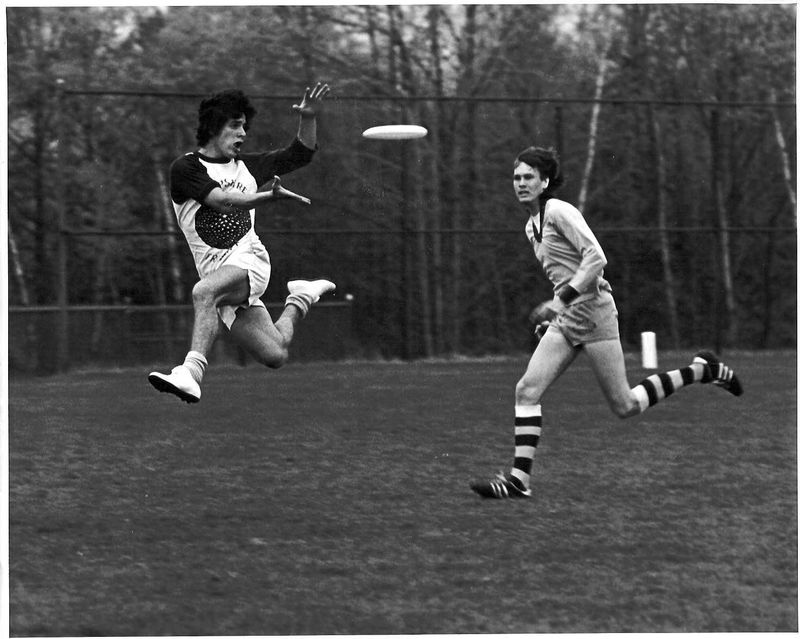
Frisbee—a plastic disc that flew into the hearts of the 70s youth like a boomerang of joy! Imagine a group of friends in an open park, bell-bottoms flapping in the breeze, hurling and catching under the sun’s golden glow.
The air was filled with laughter, the occasional cheer, and the slap of plastic on palm. It wasn’t just a game; it was a celebration of friendship and freedom, an escape from the mundane. Each throw was a test of skill and aim, a mini event in itself.
Frisbee games weren’t just confined to parks; they were played on college lawns and backyard lawns, creating a tapestry of leisure. This simple disc symbolized the carefree spirit of the decade, making it an emblem of youthful exuberance and outdoor fun.
4. Archery Practice

Take aim and let your arrows fly—1973 was a bullseye for archery enthusiasts! Picture a group of teenagers, bows drawn, focusing on targets set against a lush green backdrop. This wasn’t just about hitting the mark; it was about discipline, concentration, and the thrill of the shot.
Archery was more than a pastime; it was a rite of passage, a hobby that taught patience and precision. Each arrow released was a step towards mastering control and balance, qualities that went beyond the range.
The sport provided a unique mix of tranquility and excitement, a perfect antidote to the hustle of everyday life. As arrows flew, friendships were forged, stories exchanged, and memories created, making archery a cherished part of 70s leisure activities.
5. L’eggs Display

Behold, the L’eggs display—a retail revolution encased in a plastic egg! In 1973, these were the must-have hosiery, cleverly marketed in quirky egg packaging. Picture store shelves lined with these vibrant containers, each promising style and convenience.
Women flocked to stores, drawn by the novelty and practicality of this ingenious packaging. It wasn’t just about hosiery; it was about making a statement, embracing the elegance of legwear that could be worn every day.
This clever marketing strategy was an early example of how packaging could transform a product from ordinary to extraordinary. L’eggs wasn’t just a brand; it was a phenomenon, a testament to the power of innovative thinking. The colorful display was not just eye-catching; it was leg-catching!
6. 7-Eleven Checkout
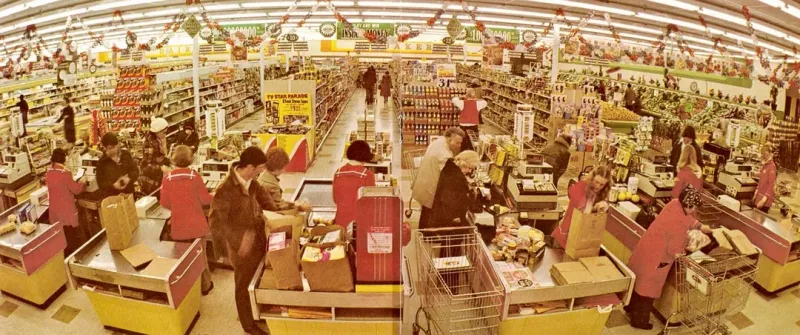
Step into the world of 7-Eleven in 1973, where convenience stores became the everyday hero of the quick snack and late-night run. Picture a cashier ringing up purchases, surrounded by shelves brimming with Twinkies and Coca-Cola in glass bottles.
These stores were more than just a pit stop; they were a cultural staple, the unsung heroes of modern retail. With their bright lights and wide aisles, 7-Elevens offered a snapshot of consumer culture, where necessity met impulse in a symphony of jingling change.
The checkout counter was a crossroads of life, a place where teenagers loitered and families made quick pit stops. Each transaction was a slice of life, reflecting the rhythms of daily routines. In 1973, the convenience store was a microcosm of American life, a testament to the era’s shift towards speedy, accessible retail.
7. New York City Traffic
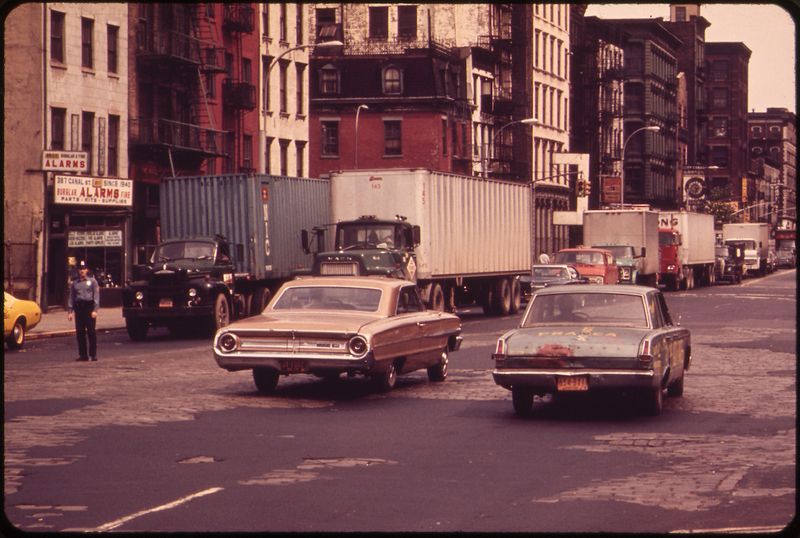
Traffic jams in New York City—where patience went to die and honking was the national sport! It’s 1973, and Midtown is a symphony of engines, horns, and bustling pedestrians, all set against a backdrop of towering skyscrapers.
The streets teemed with classic cars, each one a chrome-plated testament to American automotive design. Navigating this urban jungle required nerves of steel and a horn of brass. It was a time when drivers and pedestrians performed a daily dance, a waltz of metal and foot traffic.
This snapshot of city life captured the essence of urban hustle, where every commute was an adventure and every street a stage. The traffic of 1973 was more than congestion; it was the heartbeat of the city, pulsating with life and energy.
8. Family Dinner
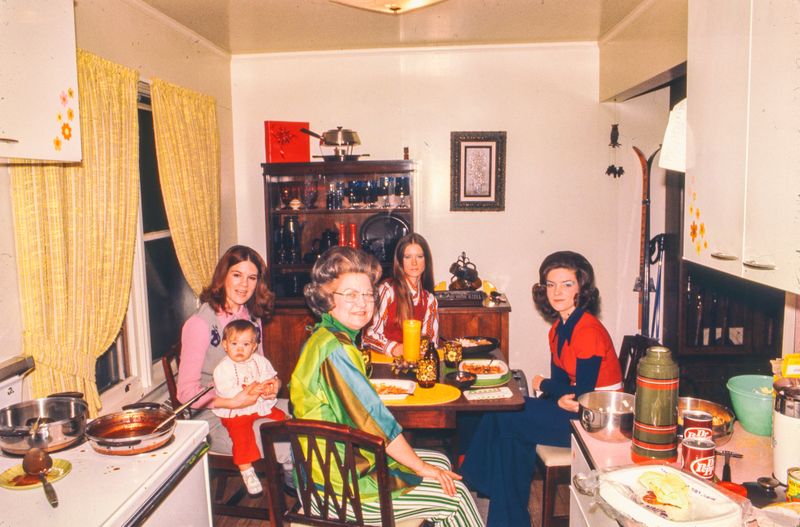
Ah, the family dinner—a 1973 staple as comforting as meatloaf and mashed potatoes! Picture a cozy dining room, where families gathered around a table laden with home-cooked goodness. The clinking of cutlery and the hum of conversation filled the air.
This was the era when dinner was more than just a meal; it was a cherished ritual, a time for sharing stories, laughter, and the occasional sibling squabble. It was the social glue that bonded families together, one casserole at a time.
In a world before smartphones and streaming, these gatherings were the highlight of the day. They were a reminder of simpler times, where the focus was on connection and companionship. The family dinner table was more than just a place to eat; it was a stage for the drama and comedy of everyday life.
9. Easter Celebration

Easter 1973—where every egg was a Fabergé in the eyes of a child! Imagine a table crowded with family, colorful eggs, and the sweet scent of spring flowers. This was a celebration of renewal and togetherness, where old traditions met new memories.
The table was a kaleidoscope of pastels and patterns, a testament to the creativity and care that went into each egg. From the youngest to the oldest, each family member played a part in this festive spectacle.
The Easter celebration was more than just a holiday; it was a time for reflection, gratitude, and the sharing of joy. For families in 1973, it was a cherished occasion, where bonds were strengthened and hearts uplifted, one egg hunt at a time.
10. Vintage Concert
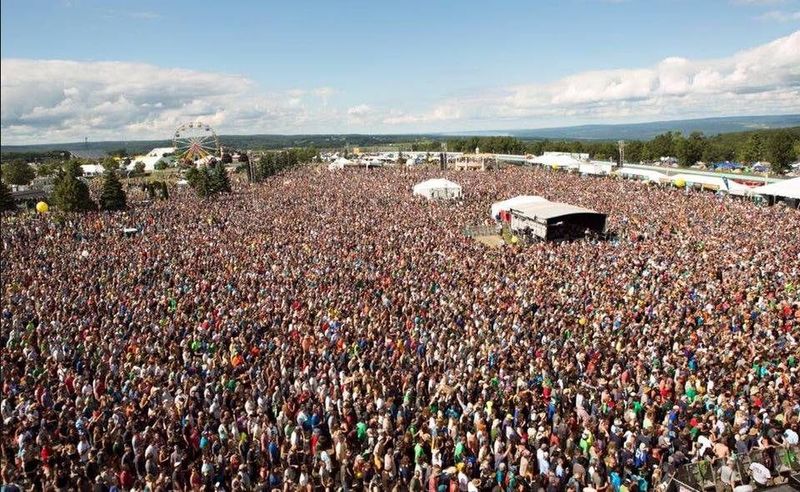
Rock ‘n’ roll—the universal language of rebellion and rhythm! Imagine a 1973 outdoor concert, with a band electrifying the stage under a kaleidoscope of lights. The crowd, a sea of denim and tie-dye, swayed like grass in a musical breeze.
This was more than a concert; it was a collective experience, a gathering of souls linked by the pulse of music. Each note was a call to freedom, each beat a heartbeat of youthful defiance.
Concerts were a sensory overload, a feast for the eyes and ears where fans lost themselves in the soundscape. They were the heartbeat of a generation that danced to its own tune, celebrating life in all its amplified glory.
11. Roller Disco
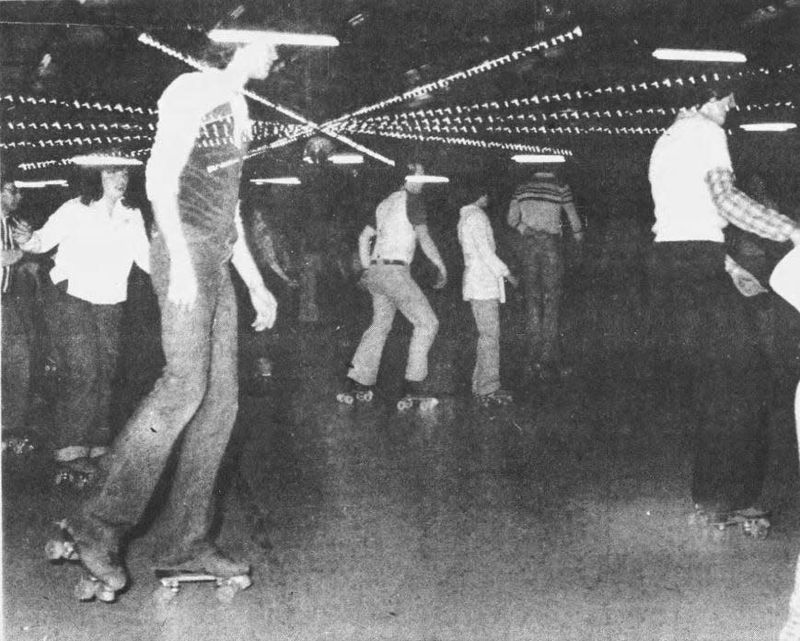
Roller disco—a wheeled wonderland where boogie met balance! Picture a 1973 roller rink, alive with flashing lights and the thumping bass of disco music. Skaters in flashy outfits glided and twirled, each move a testament to their groove and grace.
This wasn’t just skating; it was a dance on wheels, a celebration of speed and style. The disco ball cast a galaxy of lights, turning the rink into a cosmic dance floor where every skater was a star.
Roller discos were the epitome of 70s fun, a place where inhibitions rolled away and everyone moved to the beat of their own wheels. It was a scene rich with camaraderie and carefree charm, capturing the playful spirit of the decade.
12. Pong Game

Pong—the pixelated pioneer of home entertainment! Picture a 1973 living room, where families gathered around the TV, paddles in hand, engaged in the simple yet addictive game of Pong. It was the dawn of video gaming, a revolution in leisure.
This game was more than just two paddles and a dot; it was an introduction to a digital future, a new way to play and compete. Each match was a battle of wits and reflexes, a test of who could outlast the other in this virtual ping-pong showdown.
For many, Pong was a family affair, a bonding activity that spanned generations. It marked the beginning of a new era in entertainment, where pixels paved the way for endless possibilities.
13. Beanbag Chairs

Beanbag chairs—where comfort met cool in a fusion of fabric and foam! Imagine a 1973 living room, where colorful beanbags dotted the floor like a field of plush mushrooms. They weren’t just chairs; they were invitations to unwind.
These blobs of bliss conformed to every curve, offering support in the most relaxed way possible. They were the ultimate symbol of 70s casual comfort, perfect for lounging, reading, or philosophizing about life.
Whether you were hosting a gathering or enjoying solitude, beanbag chairs were a staple of everyday life. They embodied the era’s laid-back vibe, a testament to the pursuit of comfort and individuality.
14. Payphone Booth
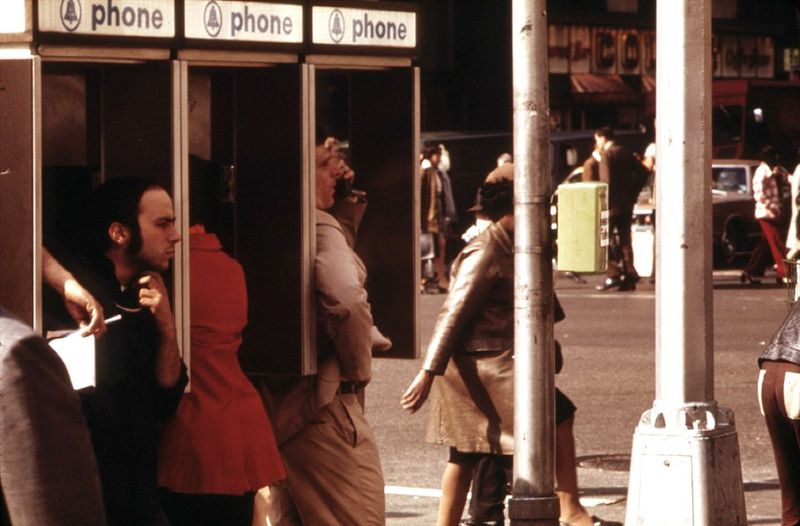
Payphones—where every call was a race against the ticking clock of spare change! Picture a 1973 street corner, where a line of people waited patiently to make a call. The booth, a glass and metal sentinel, stood as a beacon of communication.
In an age before cell phones, payphones were lifelines, connecting people across distances with the jingle of coins. They were a hub of activity, a place where stories began with a dial tone and ended in hurried farewells.
The payphone booth was more than a phone; it was a snapshot of life’s unpredictability, where every call held possibilities. It was a symbol of the era’s connectivity, a testament to the power of voice over wire.
15. Drive-In Theater

Drive-in theaters—a cinematic escape where cars turned into comfy couches! Picture a 1973 night under the stars, with classic cars parked facing a giant screen. It was a place where movies met motor vehicles, a unique blend of open-air entertainment.
The drive-in was more than a movie; it was an event, a social gathering where friends and families shared popcorn and laughter. Each car was a private viewing box, offering a front-row seat to the silver screen.
This was a time when the theater experience extended beyond film, creating a tapestry of shared moments under the night sky. The drive-in was a symbol of leisure and community, capturing the magic of movies in a uniquely 70s way.
16. Bell-Bottom Jeans
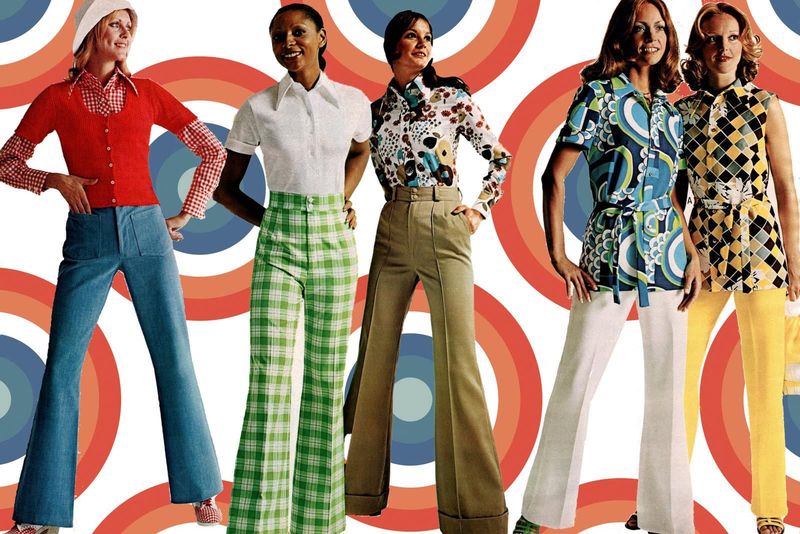
Bell-bottoms—fashion’s flare with a flair! Picture a 1973 street, where every step was a statement in denim. The iconic bell-bottom jeans were everywhere, turning sidewalks into catwalks of style and swagger.
These jeans weren’t just pants; they were a movement, a rebellion against the ordinary, a celebration of individuality. They swayed with each stride, a rhythmic dance of fabric that captured the essence of 70s fashion.
Bell-bottoms were more than a trend; they were a symbol of freedom and self-expression, a testament to the era’s bold and carefree spirit. They transformed everyday attire into a canvas of creativity and confidence.
17. Vinyl Records
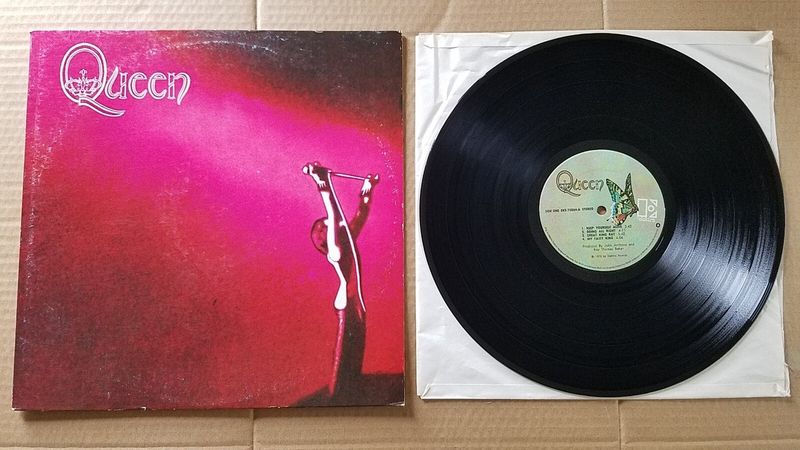
Vinyl records—where music spun into magic! Imagine a 1973 room filled with shelves of LPs, each one a treasure trove of sound. The record player, a mechanical maestro, brought music to life, turning grooves into symphonies.
In an era before digital, vinyl was king, offering a tactile and auditory experience unmatched by any other medium. Each album cover was a canvas, each needle drop a moment of anticipation.
Vinyl was more than music; it was a ritual, a shared experience between music lovers. It was the soundtrack of an era, a testament to the power of analog in a world on the brink of digital discovery.
18. Wood Paneling
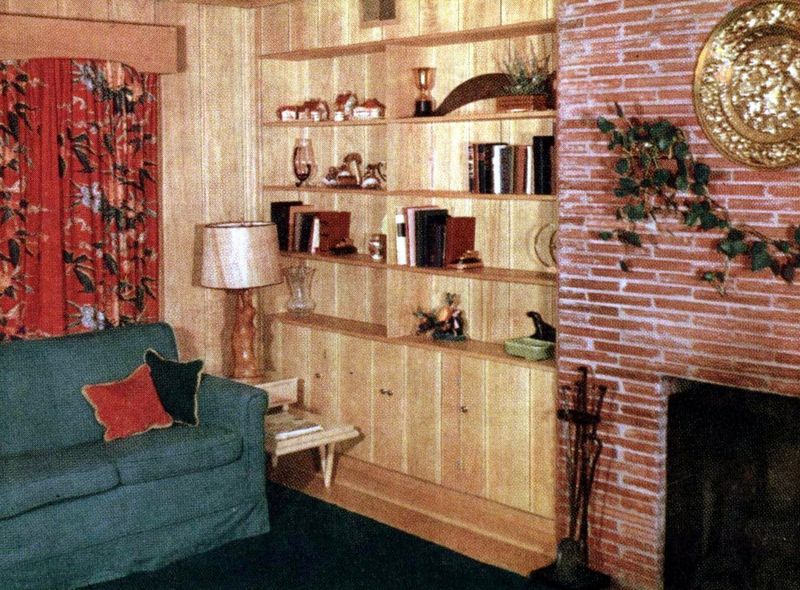
Wood paneling—a staple of 70s interior décor that made rooms feel like cozy cabins. Picture a 1973 living room, where the walls told stories in shades of oak and pine. This wasn’t just a design choice; it was a lifestyle statement.
The paneled walls surrounded families with warmth, providing a rustic backdrop for life’s everyday dramas. Add in some orange shag carpet, and you had a room that was as groovy as it was inviting.
Wood paneling was more than a trend; it was a symbol of the era’s love for natural materials and earthy tones. It captured the spirit of home and hearth, offering comfort in a fast-paced world.
19. Polaroid Cameras
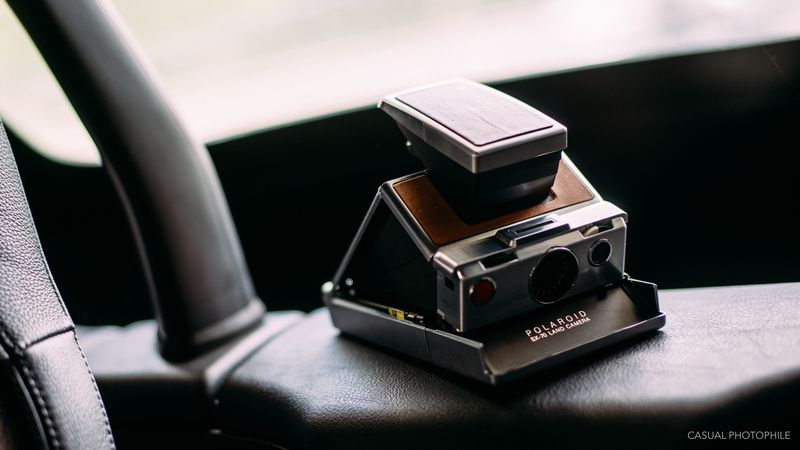
Polaroid cameras—instant gratification in a snap! Imagine a 1973 family gathering, where every moment was immortalized in an instant photo. The camera, a marvel of technology, clicked and whirred, producing memories you could hold.
This wasn’t just photography; it was magic, a dance of light and chemistry that brought images to life in seconds. Each photo was a keepsake, a tangible piece of nostalgia that captured the essence of a moment.
Polaroids were more than pictures; they were experiences, shared and cherished. They were the social media of their time, a testament to the blend of innovation and creativity that defined the 70s.
20. Avocado Green Appliances
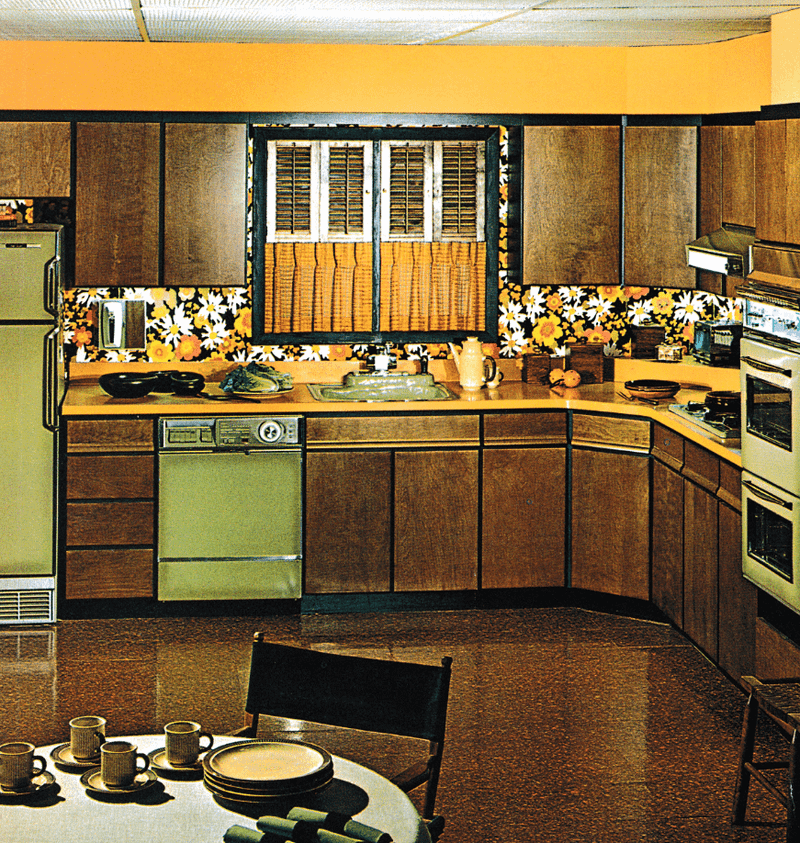
Avocado green—because who didn’t want their kitchen to resemble a giant guacamole? Picture a 1973 kitchen, awash in shades of avocado, from the fridge to the toaster. It was the color of choice, transforming kitchens into lush, leafy havens.
These appliances weren’t just functional; they were style statements, bold and unapologetic in their hue. The kitchen became a canvas, painted in the earthy tones that defined the decade.
Avocado green was more than a color; it was an attitude, a reflection of the era’s embrace of vibrant, natural palettes. It was a testament to the boldness of home design, where even appliances got in on the fashion action.
